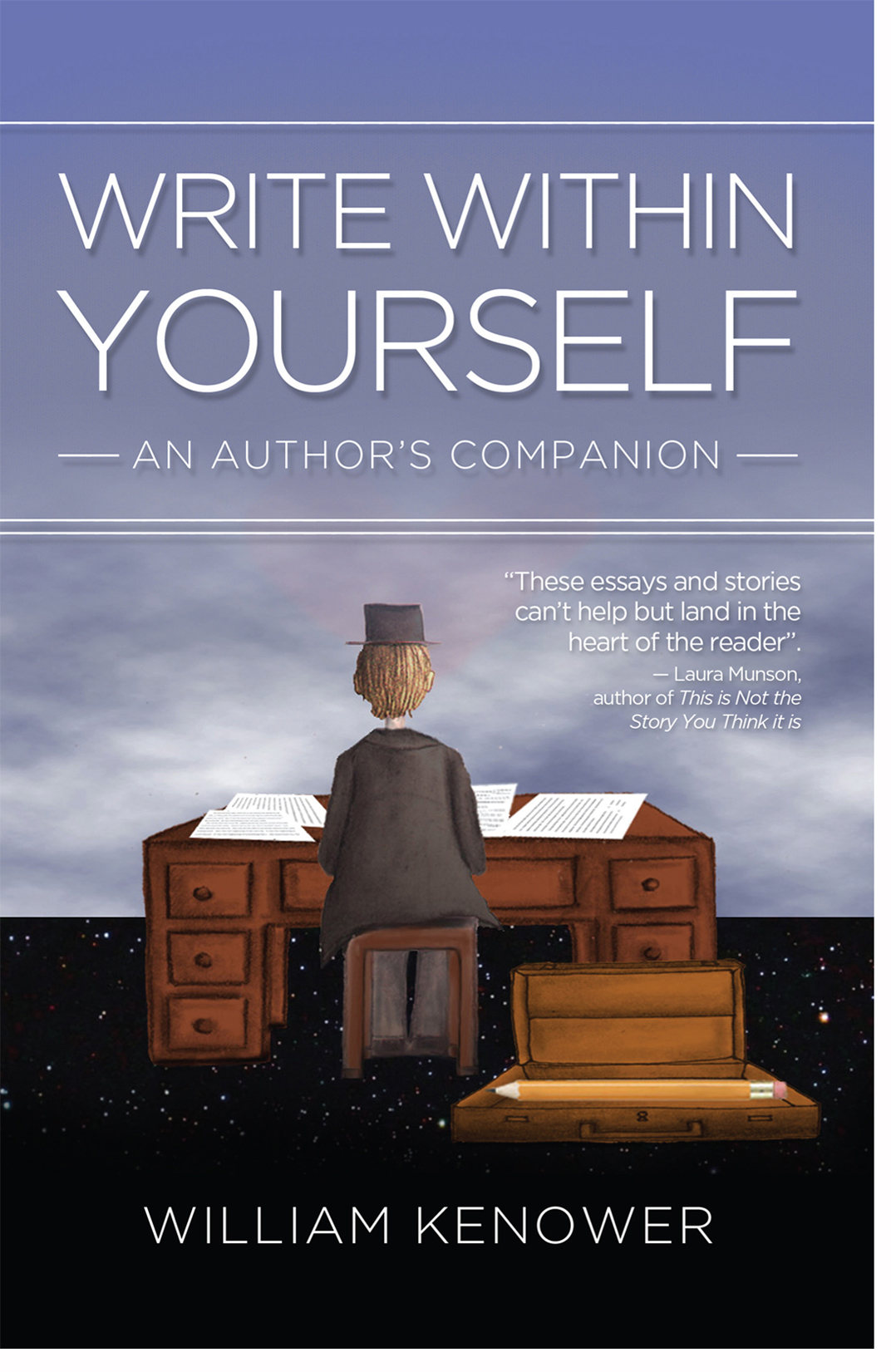No Offense
I’m going to begin this essay by breaking creative writing’s most fundamental rule. I’m going to tell and not show. Here goes: It doesn’t matter what anyone thinks about you. It only matters what you think about you. Perhaps you’ve heard it before. I certainly have, though I thought of it again the other night when I was interviewing author and illustrator Nick Bantock. When Nick was leaving high school to study art at the university level, his English instructor had some advice for him. “Do humanity a favor,” he said, “and never write.” Thirty-five years later, in the middle of a comfortable career as an artist and illustrator, Nick got an idea for an illustrated epistolary novel. That book would eventually be titled Griffin and Sabine and would go on sell over a million copies. At one point, Nick had three books on the New York Times bestseller list simultaneously.
The world of writers is filled with stories like this. Being a professional artist of any kind can seem like a big dream, and there’s usually someone around willing to tell you it’s too big for you. Sometimes that person is a parent or a high school English teacher, or sometimes that person is an editor or agent or MFA professor. It doesn’t matter. The moment I am told I shouldn’t do something I want to do is the moment I must decide whom I plan to spend my life listening to.
It’s a decision I must keep making throughout my writing life. Even now, after I’ve decided that this dream isn’t too big, people are still willing to tell me what I should and shouldn’t do. Sometimes people will tell me I shouldn’t have written what I wrote because either they don’t think what I’ve written is any good, and therefore shouldn’t be out there polluting the reading world, or because what I’ve written is offensive.
Which brings me back to creative writing’s fundamental rule. All readers, whether they’re aware of it or not, make up their own minds about what I’ve written. If I simply tell them something is funny or profound, they’ll have to take my word for it. But if I show them something funny or profound and they are able to perceive it without me calling what I’m showing them funny or profound, then the readers will have discovered something for themselves. What they found will belong to them, not me.
But this showing and not telling is an inexact exchange. It must be, so that enough room is left for the readers to make up their minds. That means that some readers will not see what I’m trying to show them. In fact, sometimes they will see the very opposite. I will try to show them that they have all the power to create any life they want, and they might instead see that all their suffering is their fault, that I am “blaming the victim.”
I am always partly responsible for this misunderstanding. I try to show as directly as I can, but sometimes I leave too much room for the reader. So it goes. I cannot worry about a reader being offended by what they saw in my work, any more than I should worry about the stories other people want to tell. I cannot know what is in another person’s mind; I can only know what I am trying to share. I do the best I can, and let it go.
People have said plenty of unkind things to me in my life, particularly about my work. Yet the things these people said only “hurt” when I believed them. I’ve come to trust that particular pain. It is guidance. Just as I find the right story, sentence, or word by what feels best to me, so too the pain that comes when I believe I am not good enough or smart enough or talented enough is guiding me back to the truth from which my life is meant to be led.
Write Within Yourself: An Author's Companion.
"A book to keep nearby whenever your writer's spirit needs feeding." Deb Caletti.
You can find Bill at: williamkenower.com


